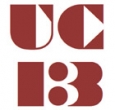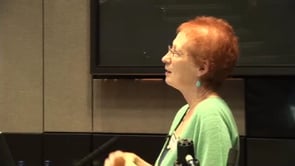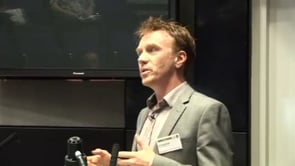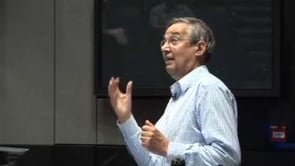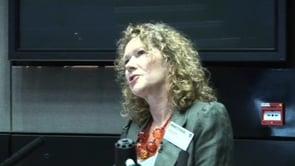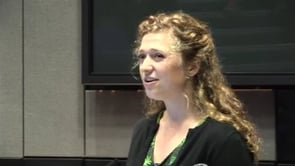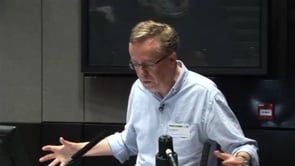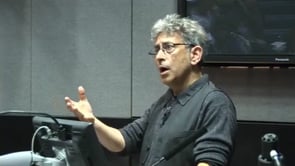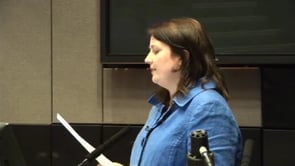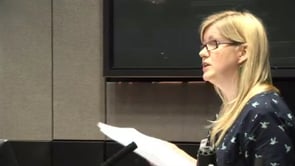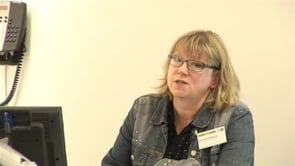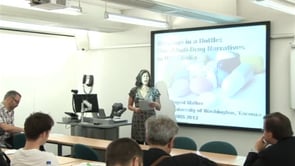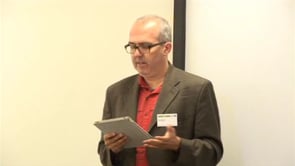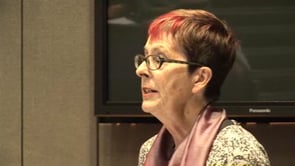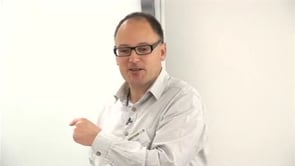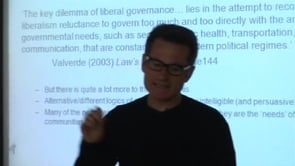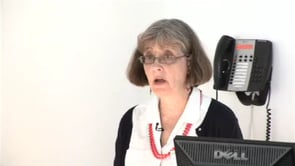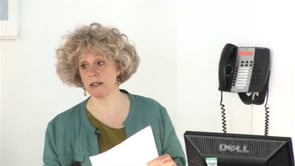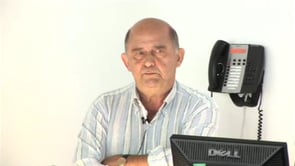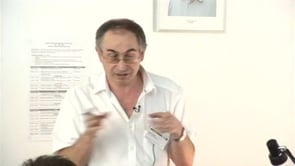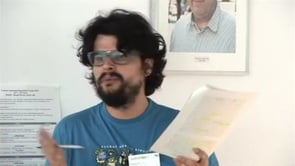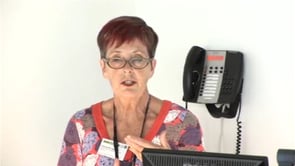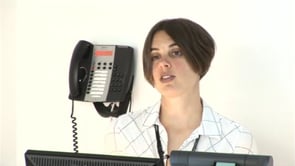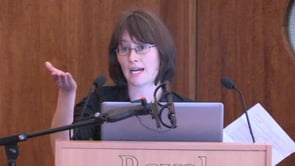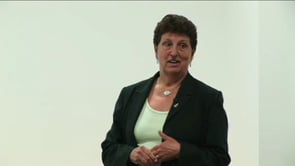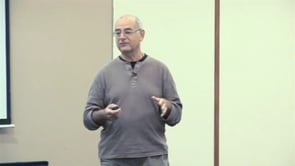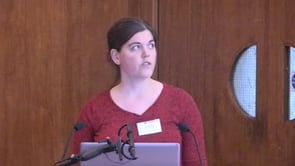Alan Latham: The common sense spatiality’s of liquor licensing: Regulating alcohol in New Zealand and the 1989 Sale of Liquor Act
Posted on 03-09-2013
In August 1989 the New Zealand Parliament passed into law the Sale of Liquor Act (1989). Far reaching in its intent, the Act’s supporters claimed that it would modernise New Zealand’s approach to alcohol, and the licensing of its sale. Released from the accumulation of over a century of often eccentric and frankly bizarre regulation, New Zealanders were to be returned to the normal society of drinkers. Those opposed to the Act saw things differently. New Zealand was caught up in a dangerous and ill thought-out experiment. New Zealand was not like the rest of the world. To let New Zealanders loose in a society where alcohol was widely available was to invite moral and medical perdition. The paper Alan discusses, examines the complex of spatio-temporalities that played into the making of the 1989 Sale of Liquor Act, and the regime of licensing that it established. Tracing out the debates around the Act, and its subsequent implementation, one encounters populations of French drinkers caught in the slow but inevitable grip of liver cirrhosis, a substance ethanol which put together with a whole range of other materials like food or chairs and humans, may or may not combine to make a temporarily erratic, irrational, and thus dangerous entities, American drivers aggregated in tables of ‘drunk driver’ related deaths, supermarket liquor aisles tempting suburban house wives into spontaneous purchases, to name just a few examples. The presentation outlines the common sense spatializations that organised the debate around reforming liquor licensing in New Zealand, and how these common sense spatializations create quite fantastical landscapes.
“Under Control? Alcohol and Drug Regulation, Past and Present” conference was held at the London School of Hygiene and Tropical Medicine 21-23rd June 2013. Under Control? was supported by the Alcohol Research UK; Bowling Green State University; the Alcohol and Drugs History Society, Brock University (Faculty of Applied Health Sciences); the Society for the Study…
